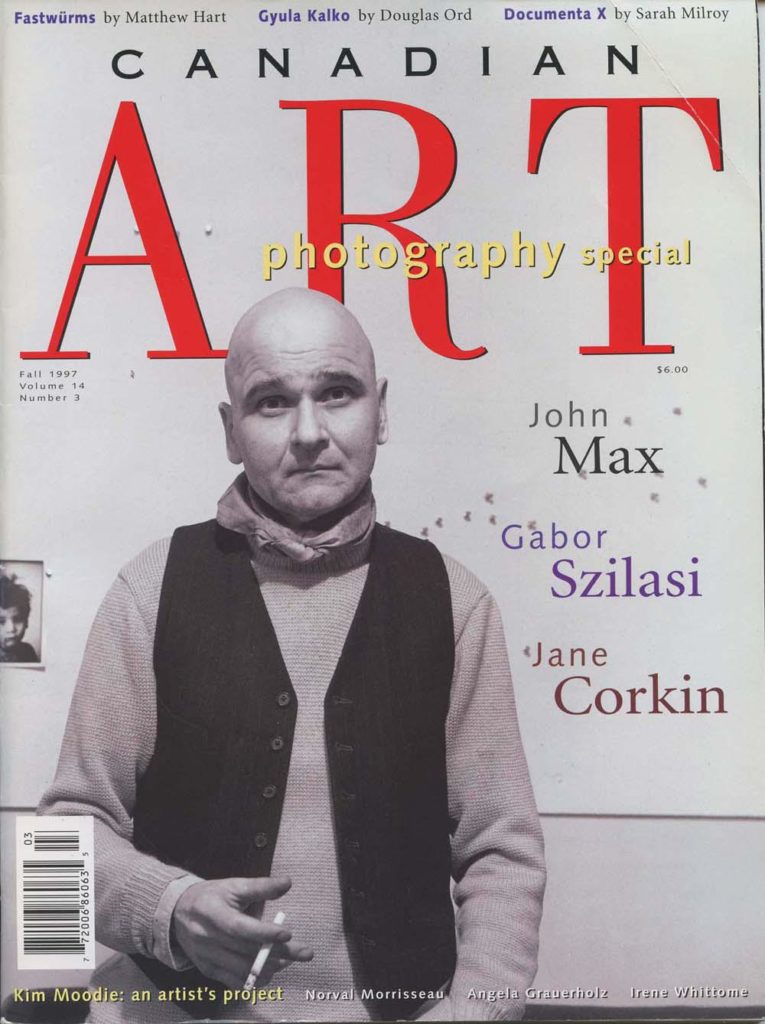As sixty, John Max is one of the few living, and truly original, historical figures in contemporary Canadian photography. Robert Frank, author of the quintessential postwar photo essay, The Americans, has said, “When I think of Canadian photography, his name comes up first.”
Max’s graphic black and white images are intense, expressive investigations of the human condition. In the nineteen-seventies, when Max’s star reached its zenith, his photographs were unique in that they challenged the existing assumptions of objectivity in documentary photography. A curator attending one of his exhibitions noted at the time that Max’s photographs “do not keep the visitors indifferent.” They roused enthusiasm—and for some they irritated.
The son of Ukrainian émigrés, raised in Montreal of the nineteen-forties, Max’s artistic path wended through painting (under Arthur Lismer) and music (at the McGill Conservatory of Music) before, quite by luck, he passed a window display of the German-born photographer Lutz Dille—photographs in the reportorial style Henri Cartier-Bresson and André Kertész. With the discovery, Max found his medium.
So begins our Fall 1997 cover story. To keep reading, view a PDF of the entire article.









